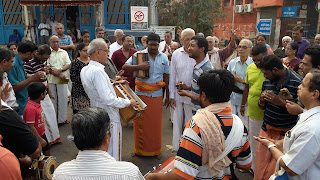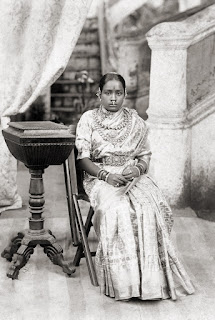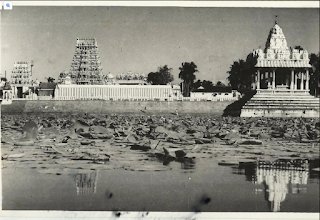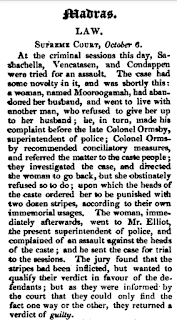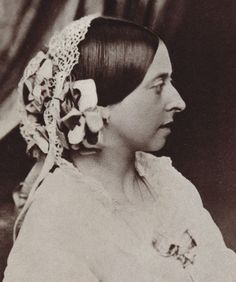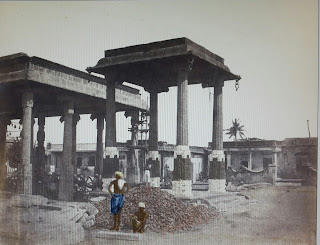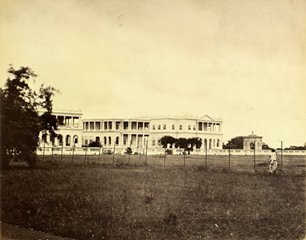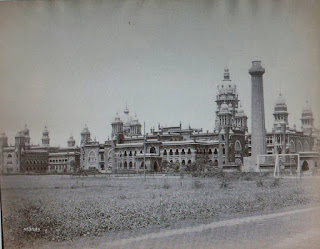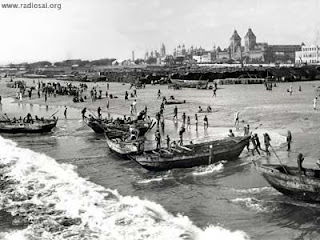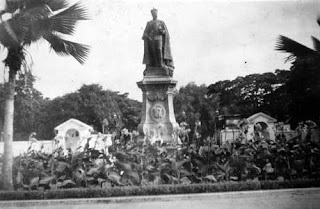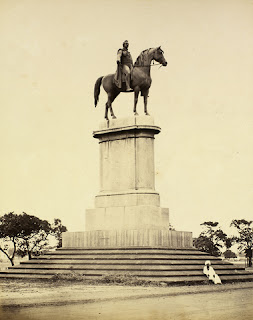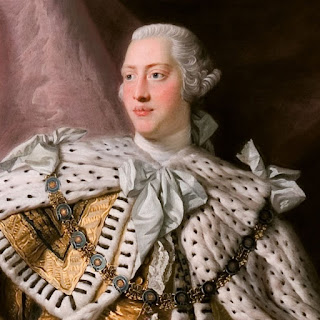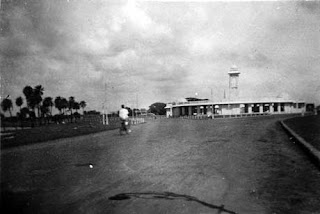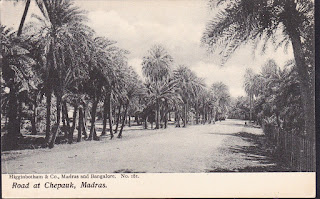Guindy Lodge, Rajbhavan in 1875 in this Bourne and Shepherd photograph. The original building was built during 17th cenury when Governor Langhonre created a hunting lodge with beautiful gardens. The bungalow changed many hands until it was acquired by Sir Thomas Munro in 1821 as a country house to transact public business since the area around Government House , Mount Road was overcrowded because of development of city. The house was extensively renovated during the Governorship of Lord Elphistone and took its present shape. I suppose the cupola like structure is no more there.
